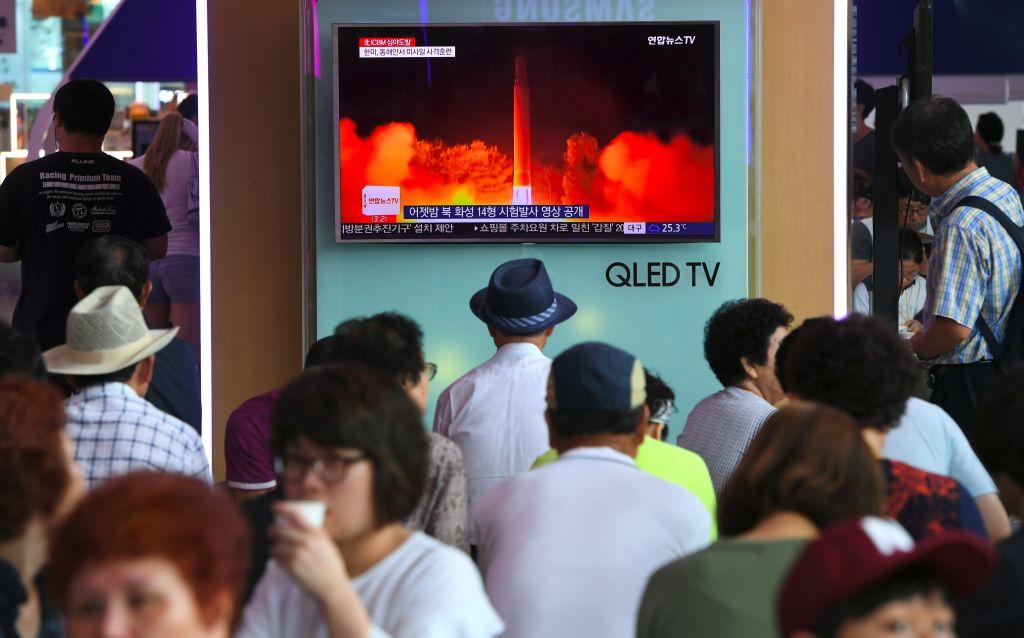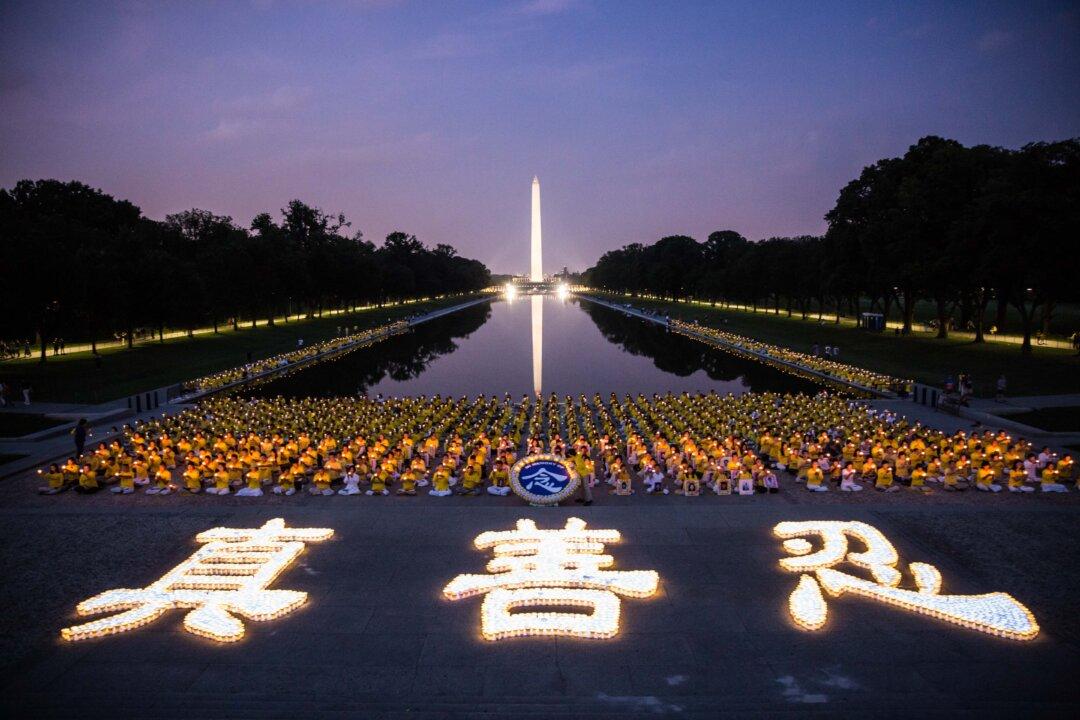Pro-democracy demonstrators returned to Hong Kong’s streets Sunday in the first major rally since the 79-day long mass protests last year, which made international headlines.
In a peaceful and orderly afternoon march in Hong Kong Island, protesters unfurled yellow umbrellas—a symbol synonymous with the city’s pro-democracy movement—carried an assortment of banners, and chanted, “say no to fake democracy, we want genuine universal suffrage.”
Starting from Victoria Park at about 2:00 p.m. local time (1:00 a.m., Eastern time), the marchers passed former Occupy protest zones in Admiralty and Causeway Bay in a three-hour long walk to the rally’s end point in Central, Hong Kong’s central financial district.
“The Chinese regime is going back on its promise to give true democracy to Hong Kong,” said Mr. Li, a 40-year-old civil servant, to Epoch Times. “We’re not afraid of being suppressed by either the Party or the Hong Kong government.”
Fake Universal Suffrage
Rally organizers Civil Human Rights Front held the Feb. 1 march, which they secured a police permit for, to protest a Beijing political reform package for Hong Kong that the local government is backing.




